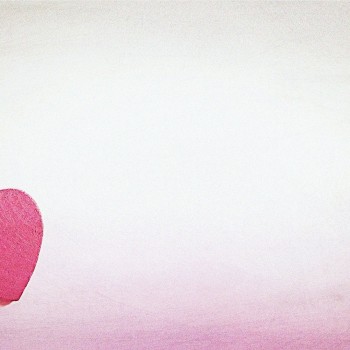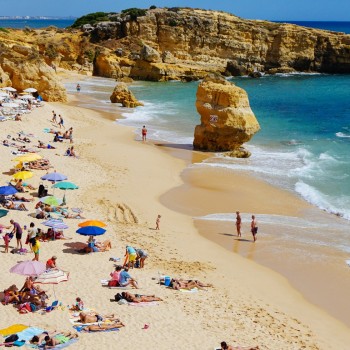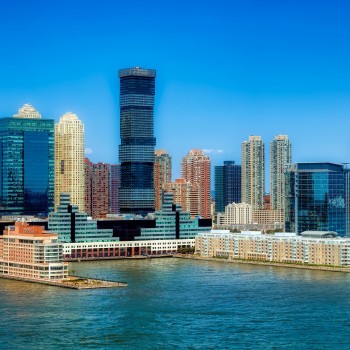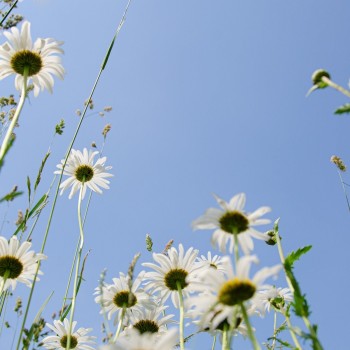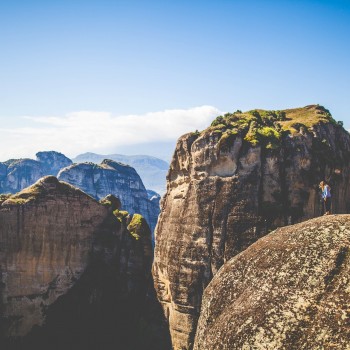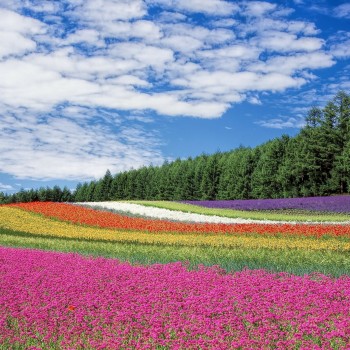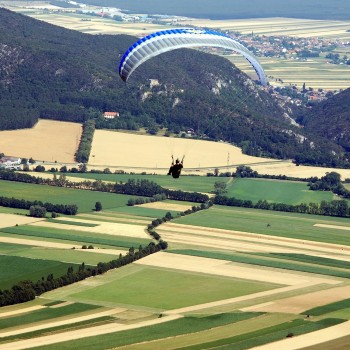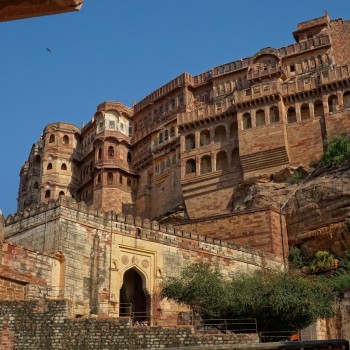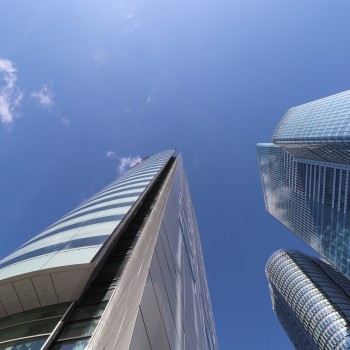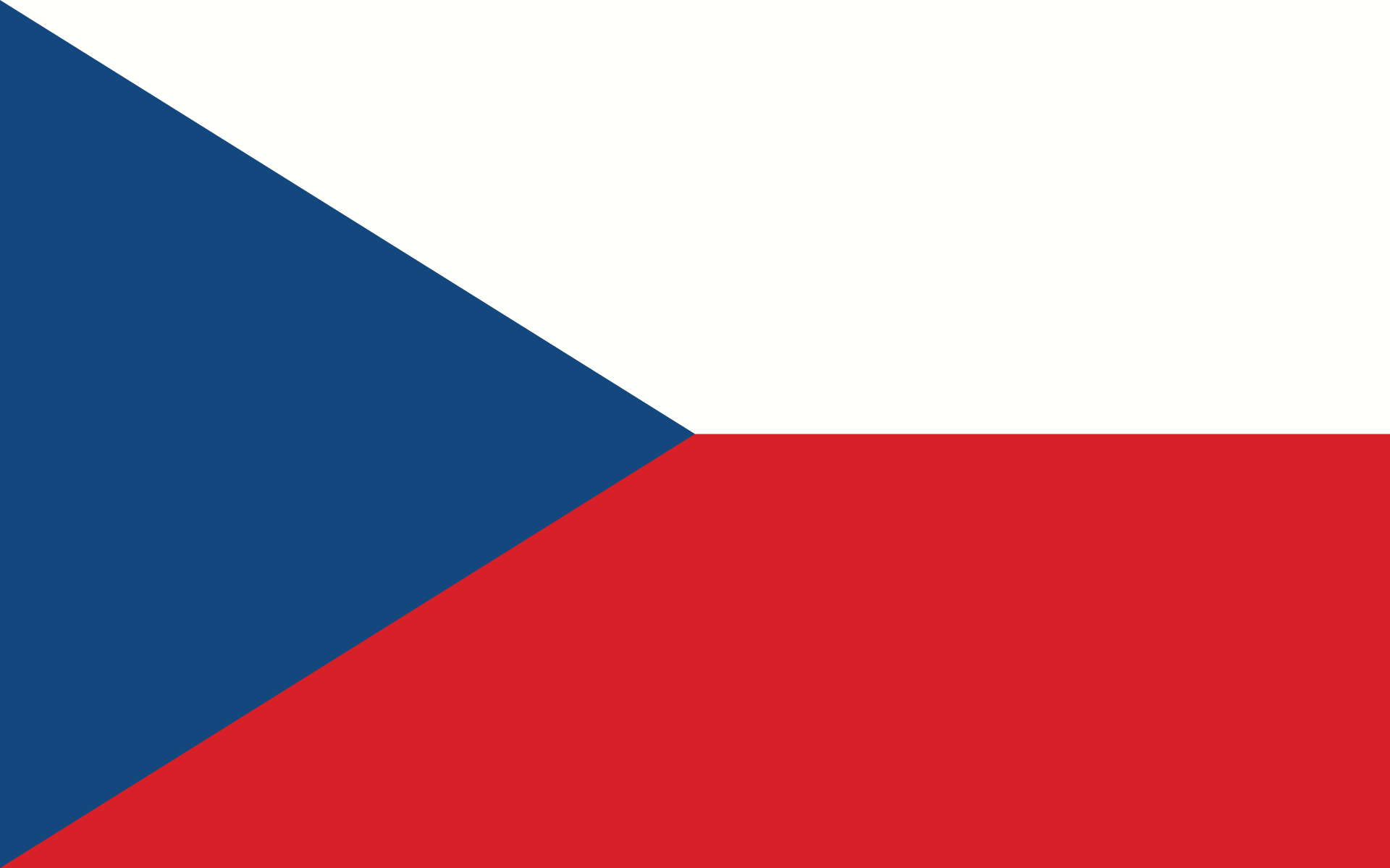Czechia
Czechia
Capital city description
Prague is the capital of the Czech Republic, famous for its beautiful Old Town Square with colorful baroque buildings, Gothic churches, and the medieval Astronomical Clock, which gives an animated hourly show. It is located along the banks of the Vltava River in the central, northwestern region of the country.
Prague has also been a political, cultural, and economic center of Central Europe, with waxing and waning fortunes during its 1,100-year existence. It hosts the Palace of Prague (the President’s residence) and Parliament.
The city has more than ten major museums and many theatres, galleries, cinemas, and other historical exhibits. An extensive modern public transportation system connects the impressive city home to many public and private schools. It also has the oldest university in Central Europe, Charles University in Prague, established in 1348.
Climate
Czechia has a moderate continental climate with four seasons. Summers are relatively warm but generally not as hot as in Southern Europe. The warmest months are June, July, and August. The coldest months are December, January, and February. Winters can be pretty cold and have frequent snowfalls, significantly higher altitudes.
- Spring: March to May
- Summer: June to August
- Autumn: September to November
- Winter: December to February
Languages spoken
The official and widely spoken language in the Czech Republic is the Czech language. Slovak and Polish are the main minority languages spoken in the country.
Fun/Fascinating Facts
- The Czech Republic is home to over 2000 castles and chateaux. Some of the most famous ones are the Hluboká Castle, Orlík Castle, Lednice Castle, and Karlštejn Castle.
- Czech people are the world’s heaviest consumers of beer. Its first known brewery existed in 993. Pilsners were originated here, as did the first-ever blond pilsners. Several beer festivals are hosted annually.
- Mushroom hunting is prevalent in the Czech Republic and could be viewed as a national game. Hunts held in September on St Vaclav day are pretty competitive! Entire families wake up at sunrise, get their baskets, and roam the forest searching for these wild luxuries.
- Prague’s Old Town is home to the third-oldest astronomical clock in the world. The astronomical clock in Prague was built in 1410 by clockmaker Mikuláš of Kadaň and Jan Šindel, a professor at Charles University.
- The Czech Republic is well-known for tennis, particularly female players. Czech Martina Navratilova has been statistically the second-best female player of the 20th century, right behind Steffi Graf.
Unique Customs/Traditions
- Czechs rarely touch each other when they meet and talk unless they know each other well. If you know each other, it is common to greet each other with a hug or a kiss. When two people meet, the younger person is expected to wait until the older man initiates a handshake.
- Czech food is quite heavy with lots of meat, intestinal food, potatoes, sauce, and dumplings. A typical dish is a ham with dumplings and sauerkraut. The food is usually cooked with butter and cream. Various soups on meat, intestines, vegetables, and mushrooms are often served as an appetizer for lunch or dinner.
- Sunday’s dinner has a special menu, including the Besvíčková, which is known as Sauerbraten in English. This plate is made from beef marinated with vinegar and spices before roasting. The meat is served with a rich sour cream sauce and is usually accompanied by dumplings.
- Easter cannot pass without having an egg meal. Eggs are an old symbol of new life and new birth. During the Easter holiday, most restaurants in the Czech serve various drinks and the Easter menu. After a fasting period, you can find different types of food on the Czech table. Some of the Easter plates consist of mutton or rabbits with nettle stuffing, in addition to braided buns and snow tubes (Kremrole).
Popular universities
| Name | Description | |
|---|---|---|
| Univerzita Karlova (Charles University) | Univerzita Karlova (Charles University) is a non-profit public higher education institution located in the urban setting of the metropolis of Prague, established in 1348. It is the oldest, largest, and best university in the Czech Republic. Univerzita Karlova (UK) offers courses and programs leading to officially recognized higher education degrees such as bachelor's degrees, master's degrees, doctorate degrees in several areas of study. | |
| Masarykova univerzita | Located in the city of Brno, Masarykova Univerzita (Masaryk University) is a non-profit public higher education institution that was founded on 28 January 1919. Masarykova Univerzita (MU) offers courses and programs leading to officially recognized higher education degrees such as bachelor's degrees, master's degrees, doctorate degrees in several areas of study. This institution also has a branch campus in Telc. South Moravian Region. The university is a highly research-intensive institution. Masarykova Univerzita is the second-largest university and one of the best universities in the Czech Republic. | |
| Ceské vysoké ucení technické v Praze | Established in 1707, Ceské vysoké ucení technické v Praze (Czech Technical University in Prague) is a non-profit public higher education institution located in the urban setting of the metropolis of Prague. Ceské vysoké ucení technické v Praze (CVUT) offers courses and programs leading to officially recognized higher education degrees such as bachelor degrees, master degrees, doctorate degrees in several areas of study. This institution also has a branch campus in Kladno. | |
| Vysoké ucení technické v Brne | Vysoké ucení technické v Brne (Brno University of Technology) is a non-profit public higher education institution located in the urban setting of the medium city of Brno, South Moravian Region, established in 1899. Vysoké ucení technické v Brne (VUT/BUT) offers courses and programs leading to officially recognized higher education degrees such as bachelor's degrees, master's degrees, doctorate degrees in several areas of study. | |
| Vysoká škola ekonomická v Praze | Vysoká škola ekonomická v Praze (University of Economics, Prague) is a non-profit public higher education institution located in the urban setting of the metropolis of Prague. Officially recognized by the Ministerstvo školství, mládeže a telovýchovy Ceské republiky (Ministry of Education, Youth and Sports of the Czech Republic), Vysoká škola ekonomická v Praze (VŠE) is a large coeducational Czech higher education institution. Vysoká škola ekonomická v Praze (VŠE) offers courses and programs leading to officially recognized higher education degrees in several areas of study. This institution also has a branch campus in Jindrichuv Hradec. | |
| Palacký University Olomouc | Palacký University Olomouc is a university with a long-standing tradition. Founded in the 16th century, it is the oldest university in Moravia. Today it is a modern higher education facility with many study programs and copious scientific and research activities. The university also provides exchange programs and lifelong learning programs. Palacký University Olomouc is one of the very top Czech universities and ranks among the best universities in the world, according to international rankings. | |
| Západoceská Univerzita v Plzni | Západoceská Univerzita v Plzni (University of West Bohemia) is a non-profit public higher education institution located in the urban setting of the small city of Pilsen, founded in 1991. This institution also has a branch campus in Cheb. Officially recognized by the Ministerstvo školství, mládeže a telovýchovy Ceské republiky, Západoceská Univerzita v Plzni (ZCU) is a large coeducational Czech higher education institution. Západoceská Univerzita v Plzni (ZCU) offers courses and programs leading to officially recognized higher education degrees such as bachelor's degrees, master's degrees, doctorate degrees in several areas of study. | |
| Ceská zemedelská Univerzita v Praze | Ceská zemedelská Univerzita v Praze (Czech University of Life Sciences Prague) is a non-profit public higher education institution located in the suburban setting of the metropolis of Prague. Founded in 1906 and officially recognized by the Ministerstvo školství, mládeže a telovýchovy Ceské republiky (Ministry of Education, Youth and Sports of the Czech Republic), Ceská zemedelská univerzita v Praze (CZU/CULS) is a large coeducational Czech higher education institution. Ceská zemedelská Univerzita v Praze (CZU/CULS) offers courses and programs leading to officially recognized higher education degrees such as bachelor's degrees, master's degrees, doctorate degrees in several areas of study. | |
| VŠB - Technická univerzita Ostrava | VŠB - Technická univerzita Ostrava (VSB - Technical University of Ostrava) is a non-profit public higher education institution located in the suburban setting of the medium city of Ostrava Moravian-Silesian Region, established in 1849. VŠB - Technická univerzita Ostrava (VŠB-TUO) offers courses and programs leading to officially recognized higher education degrees such as bachelor's degrees, master's degrees, doctorate degrees in several areas of study. This institution also has branch campuses in the following locations: Most, Trinec, Šumperk, Valašské Mezirící. | |
| Technická Univerzita v Liberci | Established in 1953, Technická Univerzita v Liberci (Technical University of Liberec) is a non-profit public higher education institution located in Liberec, Liberec Region. Officially recognized by the Ministerstvo školství, mládeže a telovýchovy Ceské republiky (Ministry of Education, Youth and Sports of the Czech Republic), Technická Univerzita v Liberci (TUL) is a medium-sized coeducational Czech higher education institution. Technická Univerzita v Liberci (TUL) offers courses and programs leading to officially recognized higher education degrees such as bachelor's degrees, master's degrees, doctorate degrees in several areas of study. | |
Festivals & Events

Burning of the Witches
Date: 30th April
The Burning of the Witches is a nationwide Czech festival that predates Christian times when locals light large bonfires to ward off evil spirits. Czechs used to believe that the power of witches would weaken as the weather got warmer. On the evening of April 30th, Czechs gather to build a bonfire and prepare an effigy of the witch that kept winter around so long. When the fire is roaring, people roast sausages on sticks, strum guitars and sing their favorite songs. Everyone looks forward to nightfall when they will face the spirits of the witches.

Rock for People (RFP) festival
Date: 15th June - 18th June
The Rock for People (RFP) festival is one of the biggest open-air summer music festivals in the Czech Republic. The festival started in 1995 in the town Český Brod. The concert takes place in a park near Kralove Hradec, about a hundred km east of Prague.
The event highlights Czech and global demonstrations of different types, particularly alternative rock, pop-rock, punk rock, and EDM. The musical fiesta lasts for four days and nights. The shows are held on eight stages in the open air with tens of bands with 170 artists. It has also featured many workshops as well as leisure activities.

Harvest Festival
Date: October
The Harvest Festival is two events called Posviceni, a very spiritual festival where praise is given to God for bringing a successful harvest. The second is Obzinky, which takes place directly after the harvest has ended.
Czech locals and travelers, farm-workers, and landowners gathered together to drink, dance, sing, and enjoy a large banquet, with a wreath made out of crops adorning the heads of farmers. The feast involves lots of sauerkraut and a traditional sweet cake called kolache. Both are fun to experience, especially in the countryside.

Prague Autumn International Music Festival
Date: September to October
Prague Autumn International music festival is a meaningful music festival and the most famous music event in Europe. Local Czech and international musicians and performers travel to the capital to celebrate the best of classical music, including big-name stars with crowds attending by the thousands. The Prague Autumn program concentrates on the most beautiful musical instrument and the golden human voice.

Fringe Festival
Date: May and June
An exciting blend of theater, parody, music, move, narrating, and significant occasions at settings over the Malá Strana region of Prague - the annually Fringe Festival event is an experience you will never forget. Prague Fringe is a nine-day celebration exhibiting crafts by many artists from everywhere throughout the globe in a mix of traditional and non-traditional scenes held every May and June in Prague, Czech Republic.
More than 200 exhibitions of around 40 shows in genres including theatre, comedy, cabaret, spoken word, and children's shows are offered every year, running from the late evening into the night.

Summer Shakespeare Festival
Date: End of June to the beginning of September
Summer Shakespeare Festival is a two-month-long festival presenting works of William Shakespeare. Summer Shakespeare Festival is the most established and most extraordinary outdoors celebration in Europe displaying works by William Shakespeare. The Festival takes place from the end of June to the beginning of September in open-air scenes in Prague (Prague Castle and Music and Dance Faculty of the Academy of Performing Arts in Prague), Brno (Špilberk Castle), Ostrava (Silesian Ostrava Castle), and Bratislava (Bratislava Castle).
The Festival was started by President Václav Havel when he allowed the Prague Castle to enter for artists in the mid-1990s with an end goal to appeal to the local public. The celebration has been held routinely since 2000.

Highland Games
Date: August
The Highland Games are a central pillar of Scottish history and heritage, as the kilt, tartan, whisky, and bagpipes. The Sychrov Highland Games transforms the stunning castle park at Sychrov, Turnov, into a bustling center for Scots and Scotland lovers from the whole Czech Republic and beyond.
Based on the traditional Scottish Highland Games, Sychrov hosts its version of this Celtic event, the largest in continental Europe, in late August. People from far and wide flock to Castle Sychrov to watch performers and trained athletes toss giant cabers and show off their strength and skills in several entertaining events with food, drink, dance, and music to enjoy.
Attractions / Top Sights

Prague Castle
When to visit: https://www.hrad.cz/en/prague-castle-for-visitors
Founded in the 9th century, one of the most breathtaking complexes listed in Guinness world records as the largest ancient castle in the world, located in the city's Prague, Czech Republic, Hradcany Prague Castle, has been home to Holy Roman Emperors, the Habsburgs, Bohemian kings, and, more recently, the Czech Republic's President.
Highlights of the beauty of the castle include the remarkable St. Vitus Cathedral, St. George's Basilica, the Powder Tower, and the Golden Lane with its medieval workshops. Of particular note is the Old Royal Palace with its magnificent Vladislav Hall, so enormous it was used to host knightly jousting tournaments, and the adjoining 16th-century Royal Garden with its spectacular Singing Fountain.

Bohemian Paradise
When to visit: September and October
When to visit: https://en.unesco.org/global-geoparks/bohemian-paradise
Bohemian Paradise, known in Czech as Český ráj, is a region and a protected landscape area about 90 kilometers northeast of Prague. It is one of the famous tourist destinations in the whole of Czechia. This area of outstanding natural beauty is well-known for its many massive rock formations that protrude from the ground like spikes and pillars, formed by tens of thousands of years of erosion by the elements.
Now a UNESCO Geopark, the region draws hikers and sightseers from across Europe for its stunning sandstone hills, natural bridges, and tall basalt columns and outcroppings, all accessible by a network of trails and scenic drives. The region also has many old castles, including Kost Castle and Trosky Castle.

Ceský Krumlov Castle
When to visit: April and May
Located in southern Bohemia, the beautiful Ceský Krumlov Castle remarkably preserved the original intricate layout, material structure, interior installation, and architectural detail from the 14th to the 19th century.
The historic center of the town was inscribed on UNESCO's World Heritage List in 1992, including the Rosenberg Ballroom and the Renaissance Hall, the Royal Apartments, and the Chapel of St. George. Also worth seeing is the castle's old Baroque theater. The Ceský Krumlov Castle complex comprises 40 fine old palaces, castle courts, and gardens.

Charles Bridge
When to visit: In Spring
Charles Bridge was known as "Prague Bridge" or "Stone Bridge," was built in 1357, located in the city's center crosses the Vltava river in Prague, Czech Republic. It was majestically fortified with two Gothic towers and had many unique points of interest along its 520-meter span, including numerous fine statues.
In 1870, it was renamed after its leading promoter, Emperor Charles IV, and has remained under Charles Bridge. The bridge is incredibly prevalent for tourists and photographers for its delicate panoramic views.

Karlovy Vary
When to visit: In Spring
Established in 1358, Karlovy Vary is a favorite spot for many of Europe's elite, from royalty like Peter the Great to famous composers and writers including Beethoven, Chopin, and Goethe. The town boasts large upscale spas and Neoclassical and Art Nouveau colonnades with impressive drinking and bathing fountains.
The main attraction of Karlovy Vary has long been its natural hot springs, which burst out into the Teplá River, creating jets up to 14 meters high and cloaking the banks of the river in clouds of low-hanging steam. Filled with rich minerals long believed to have myriad health benefits for those who drink them, as well as those who soak in them, the largest springs are protected by the town's historic colonnades, which date back to the late 1800s. The city is also an important cultural destination, home to several art galleries and museums and the famous Karlovy Vary International Film Festival, one of the oldest film festivals in Europe.

Wenceslas Square
When to visit: September and October
Wenceslas Square is the second biggest square in the Czech Republic. It is situated in the Prague 1 municipal district, in the New Town. It is 750 meters long, with the National Museum and the equestrian statue of St Wenceslas dominating the square. Wenceslas Square is Prague's cultural and business center full of shops, focusing on various products from fashion to technologies, and it holds great historical importance to Czech people. While tourists visit the square because of its monuments and stores, it is a center of gatherings for Czech people.

The Clementinum and the National Library
When to visit: Spring and Autumn
The most extensive, the National Library of the Czech Republic, is located in the majestic Clementinum complex (Klementinum), which lies in the center of historic Prague next to the Charles Bridge. This sprawling complex of historic Baroque buildings is one of the largest in Europe and is home to several points of interest. The National Library houses more than six million books including copies of every book published in the Czech Republic. Other than its vast collection, the hall is also adorned with intricate ceiling artwork portraying Temple of Wisdom. The Astronomical Tower is another major highlight decorated with a huge bronze Atlas and exhibiting 18th-century astronomical instruments.

Prague's Old Town Square
When to visit: In Spring and Autumn
Founded in the 12th century, Prague's Old Town Square is the city's first market and most significant square of historical Prague and has witnessed many historical events. The square is dominated by the Baroque Church of St Nicholas, the Rococo Kinský Palace, the Gothic House at the Stone Bell, the monument to Jan Hus.
In addition to its many medieval houses, the square is home to significant historic landmarks, including Old Town City Hall, which holds the medieval Astronomical Clock, the third-oldest astronomical clock in the world and the oldest clock still in operation.

Mikulov
When to visit: In Spring and Autumn
In South Moravia, in Břeclav District situated the stunning old town of Mikulov, the city boasts exceptionally well-preserved historic architecture. The town's highlight is the impressive Mikulov Chateau, which dominates the landscape on a hill. The surrounding area is fetching for tourists because of its well-known wine-making, and wine tourism is prevalent there. The 65-kilometer (40 miles) long Mikulov Wine Trail starts in the town. The wine region around the city is called Mikulovská, and it is one of four wine regions in southern Moravia.

Kutná Hora
When to visit: May to September
Kutná Hora, also known as the Silver City, is a small town in Central Bohemia, about 70 km east of Prague. It is home to many beautiful churches. The Historic Town Centre of Kutná Hora with the Church of St. Barbara and the nearby Cathedral of Our Lady at Sedlec was inscribed on UNESCO’s World Heritage List in 1995 as the fifth World Heritage Site from Czechia. Another genuinely fantastic sight is the Sedlec Ossuary decorated with human bones that were bleached and carved. The Gothic church standing in Sedlec looks pretty ordinary from the outside. Still, incredibly unique inside. At the basement, discover something chilling: Bones of thousands of humans were bleached, then ornately carved and now artfully cover everything in sight.

